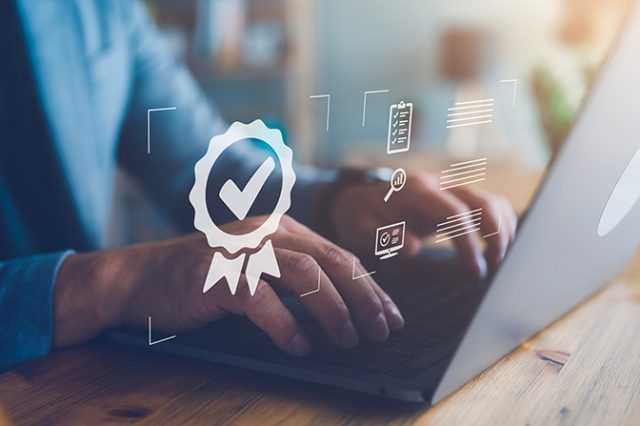In the realm of healthcare, cleanliness is not just a matter of aesthetics—it’s a fundamental aspect of patient safety and well-being.
Medical clinic cleaning services play a pivotal role in maintaining the highest standards of hygiene, ensuring that clinics remain safe environments for patients, staff, and visitors alike.
In this article, we delve into the significance of these services, exploring how they go beyond mere cleanliness to safeguard patient well-being.
The Importance of Cleanliness in Medical Clinics
Medical clinics are hubs of activity, with numerous patients coming and going each day. This high traffic makes them susceptible to the accumulation of harmful bacteria, viruses, and other pathogens.
Without proper cleaning and disinfection, these pathogens can linger on surfaces, leading to the spread of infections and diseases.
For patients, especially those with compromised immune systems, exposure to such pathogens can pose significant risks. From common colds to more severe infections, the consequences of inadequate cleanliness in medical settings can be dire.
Therefore, maintaining a clean and hygienic environment is essential to prevent the transmission of infectious agents and protect patient health.
The Role of Professional Cleaning Services
While routine cleaning tasks may suffice in some environments, medical clinics require a higher standard of cleanliness due to the nature of the services provided.
Professional medical clinic cleaning services equipped with specialized knowledge and equipment are indispensable in this regard.
These services employ trained personnel who understand the unique cleaning challenges posed by medical facilities.
They follow stringent protocols and use hospital-grade disinfectants to ensure thorough cleaning and disinfection of all areas, including waiting rooms, examination rooms, surgical suites, and restrooms.
Safeguarding Patient Well-being
- Preventing Healthcare-associated Infections (HAIs): Healthcare-associated infections are a significant concern in medical settings, often resulting from exposure to contaminated surfaces or medical equipment. By implementing effective cleaning protocols, medical clinic cleaning services help reduce the risk of HAIs, protecting patients from unnecessary harm.
- Promoting Confidence and Trust: A clean and well-maintained environment instills confidence in patients, signaling professionalism and commitment to their well-being. When patients perceive clinics as clean and hygienic, they are more likely to trust the quality of care provided, leading to better patient satisfaction and outcomes.
- Enhancing Air Quality: In addition to surface cleaning, medical clinic cleaning services also address indoor air quality, which can impact respiratory health. By using HEPA filters and other air purification methods, these services help remove airborne contaminants, allergens, and pathogens, creating a healthier environment for patients and staff.
- Reducing the Spread of Contagious Diseases: Contagious diseases, such as influenza and COVID-19, can spread rapidly in crowded healthcare settings if proper precautions are not taken. Medical clinic cleaning services play a crucial role in breaking the chain of transmission by disinfecting high-touch surfaces and implementing infection control measures.
Best Practices in Medical Clinic Cleaning
Achieving and maintaining a high level of cleanliness in medical clinics requires adherence to best practices. Here are some key strategies employed by professional cleaning services:
- Adherence to Regulatory Standards: Cleaning services must comply with regulatory standards set forth by agencies such as the Centers for Disease Control and Prevention (CDC) and the Occupational Safety and Health Administration (OSHA). These standards outline specific guidelines for cleaning, disinfection, and waste management in healthcare settings.
- Use of EPA-approved Disinfectants: Effective disinfection is critical for eliminating pathogens and preventing infections. Cleaning services use EPA-approved disinfectants that are proven to be effective against a broad spectrum of bacteria and viruses, including SARS-CoV-2, the virus that causes COVID-19.
- Implementation of Cleaning Protocols: Cleaning protocols should be tailored to the unique needs of each medical facility. This includes establishing cleaning frequencies, identifying high-touch surfaces, and using color-coded cleaning tools to prevent cross-contamination.
- Training and Education: Cleaning staff receive ongoing training and education on proper cleaning techniques, infection control practices, and the use of personal protective equipment (PPE). This ensures that they are equipped with the knowledge and skills needed to perform their duties effectively and safely.
Conclusion
In the realm of healthcare, cleanliness is not a luxury—it’s a necessity. Medical clinic cleaning services play a vital role in safeguarding patient well-being by maintaining clean, hygienic environments free from harmful pathogens. By adhering to best practices, employing trained personnel, and using state-of-the-art equipment, these services uphold the highest standards of cleanliness, promoting patient safety and confidence. As we navigate the challenges of infectious diseases and emerging pathogens, the importance of medical clinic cleaning services has never been more apparent. They are the unsung heroes behind the scenes, working tirelessly to ensure that clinics remain safe havens for healing and care.







